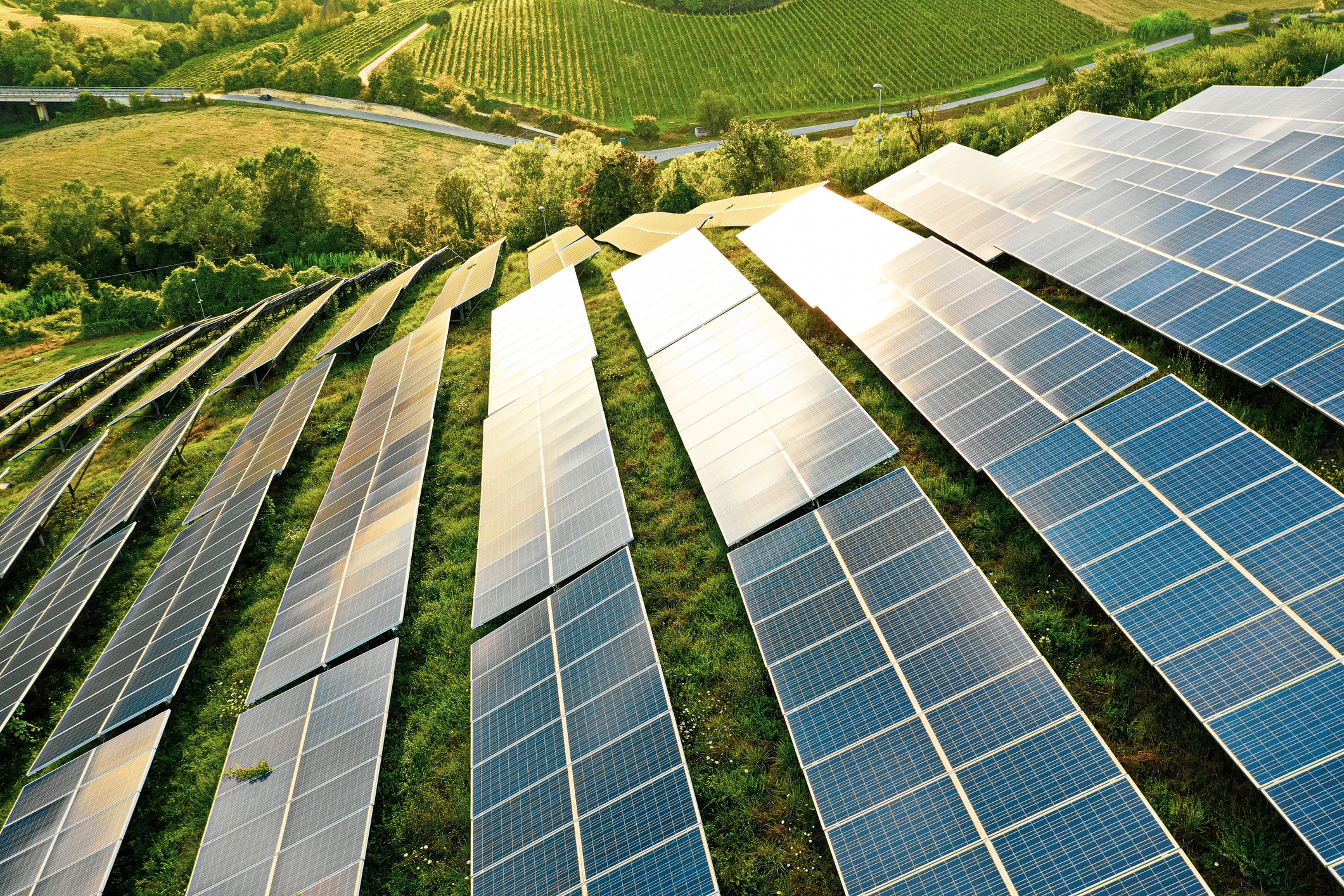
Introduction:
The repurposing of unused spaces has become increasingly important in today’s society. This article explores the relevance and importance of repurposing landfills into solar farms and why it is considered a sustainable solution for our environment.
Historical Background:
To understand the significance of repurposing landfills into solar farms, it is essential to have a brief overview of the history of landfills and their environmental impact. Landfills have been a prominent method of waste disposal for centuries, contributing to pollution and environmental degradation. However, with the evolution of solar energy, there has been a growing recognition of its potential as a sustainable solution for energy generation.
Key Concepts and Definitions:
Landfills are areas designated for waste disposal, presenting numerous environmental challenges such as groundwater contamination and greenhouse gas emissions. Repurposing unused spaces refers to transforming these landfills into usable areas for alternative purposes. Solar farms are large-scale facilities that harness solar energy to generate electricity, offering benefits such as reduced carbon emissions and increased energy independence.
Main Discussion Points:
Environmental and Economic Benefits:
Repurposing landfills into solar farms has significant advantages for the environment. By converting these spaces into clean energy-generating facilities, greenhouse gas emissions can be significantly reduced. Solar farms have the potential to generate large amounts of renewable energy, contributing to global efforts to combat climate change.
Furthermore, repurposing landfills into solar farms can have economic benefits. The renewable energy sector has experienced significant growth, creating job opportunities and promoting economic development. By utilizing previously unused spaces, communities can tap into the potential of solar energy, attracting investments and fostering local economic growth.
Landfill Remediation and Reclamation:
Transforming landfills into usable spaces for solar energy generation involves a process known as landfill remediation and reclamation. This process includes implementing technologies and techniques to address environmental concerns associated with landfills. Techniques such as capping, which involves covering the landfill with a durable barrier, can help prevent the release of harmful substances into the environment. Additionally, various technologies are employed to ensure the safe collection and management of gases emitted from the landfill, reducing their impact on the atmosphere.
Community Engagement and Public Perception:
Engaging local communities in repurposing unused spaces is crucial for project success. Public involvement ensures that the concerns and needs of the community are taken into account, creating a sense of ownership and support. Addressing potential concerns or resistance from the public regarding solar farms on former landfills through open dialogue, education, and transparent information sharing is important. By involving the community, the project can gain acceptance and contribute to a positive public perception of repurposed solar farms.
Case Studies or Examples:
Real-world examples of successful repurposing projects provide valuable insights and lessons learned. For instance, the repurposing of the closed landfill in Hopkinton, Massachusetts into a solar farm has led to significant environmental and economic benefits. The project has reduced greenhouse gas emissions by an estimated 9,000 tons annually while creating local job opportunities and generating revenue for the community. Such case studies demonstrate the feasibility and potential of repurposing landfills into solar farms.
Current Trends or Developments:
The field of repurposing unused spaces is constantly evolving, with innovative technologies and design solutions being developed. Recent trends include the incorporation of advanced solar panel technologies, such as thin-film solar cells, to maximize energy generation in limited spaces. Design solutions that prioritize aesthetics and integration into the surrounding landscape are also gaining popularity. Additionally, advancements in battery storage technology are enabling solar farms to provide reliable and consistent energy supply, even during periods of limited sunlight.
Challenges or Controversies:
While repurposing landfills into solar farms offers numerous benefits, there are also challenges and controversies to address. Regulatory barriers and financial constraints can pose significant obstacles to project implementation. The process of obtaining permits and complying with environmental regulations can be complex and time-consuming. Additionally, securing funding for landfill remediation and reclamation is crucial in determining the feasibility of repurposing projects. Controversies may arise due to concerns regarding the potential impact on local ecosystems or the visual aesthetics of solar farms.
Future Outlook:
The future implications of repurposing unused spaces, particularly landfills, into solar farms are promising. As renewable energy continues to gain momentum, the demand for sustainable solutions will only increase. Policy support and advancements in technology will play a crucial role in driving the expansion of repurposed solar farms. With the right policies in place and continued innovation, there is potential for a significant increase in the number of successful repurposing projects worldwide.
Conclusion:
The repurposing of landfills into solar farms offers a sustainable solution to environmental and economic challenges. By reducing greenhouse gas emissions, creating job opportunities, and contributing to local economic development, repurposed solar farms have the potential to make a substantial positive impact. Engaging local communities, addressing concerns, and learning from successful case studies are essential for successful project implementation. Repurposing unused spaces, including landfills, into solar farms can play a crucial role in our transition towards a greener and more sustainable future.
References:
“Hopkinton Landfill Solar Project.” Massachusetts Department of Environmental Protection.
“Solar Farms on Landfills: A Winning Combination.” Solar Power World.